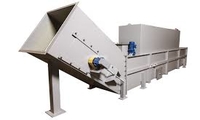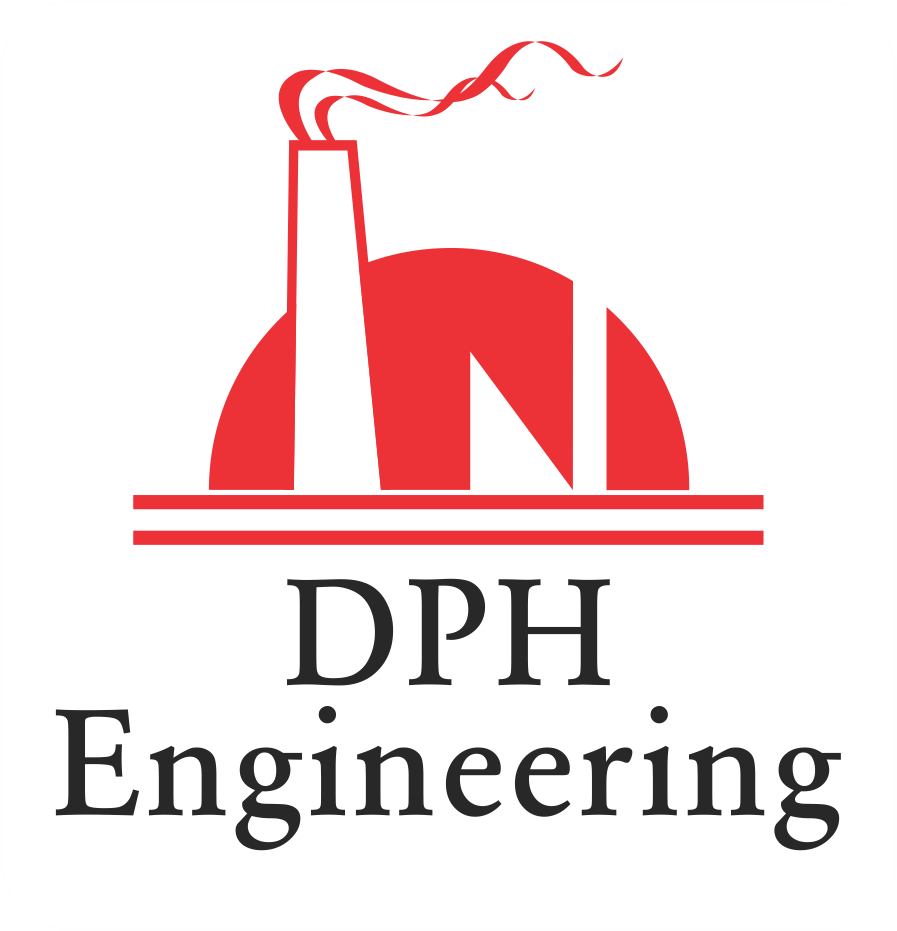Introduction
 DPH Engineering are Authorized Distributors of ash handling. Ash handling refers to the method of collection, conveying, interim storage and load out of various types of ash residue left over from solid fuel combustion processes.
DPH Engineering are Authorized Distributors of ash handling. Ash handling refers to the method of collection, conveying, interim storage and load out of various types of ash residue left over from solid fuel combustion processes.
Ash handling systems may employ different forms of pneumatic ash conveying or mechanical ash conveyors.
A typical ash handling system may employ vacuum pneumatic ash collection with ash conveying from several ash pick up stations and resulting in delivery to an ash storage silo for interim holding prior to load out for disposal or reuse.
Very finely sized fly ash often accounts for the major portion of the material conveyed in an ash handling system.
- Pipe & Fittings
- Ash Receivers
- Double Dump Gate Airlock Valves
- Rotary Airlock Feeders
- Disc Type Ash Intake Valve
- Exhausters (Vacuum Pneumatic System)
- Blowers (Pressure Pneumatic System)
- Dust Collectors
- Ash Conditioners
- Dry Unloaders
- Clinker Grinders
- Storage Silos
- Bottom Ash Hoppers
- Computerized Controls
The most common types of ash resulting from the combustion of coal, wood and other solid fuels.
- bottom ash
- bed ash
- fly ash
- ash clinkers
Wherever products are burned it is necessary to have an energy efficient ash handling system, especially in a power station environment where large quantities of pulverized fuel ash (PFA) are created. Such ash can be a considerable environmental nuisance as well as being awkward to handle due to its abrasiveness and hygroscopic characteristics.
Pneumatic Conveying Systems
The Schenck Process pneumatic conveying method of ash handling is clean, efficient and fully enclosed, with exceptional reliability and requiring minimum maintenance.
The main benefits of the Schenck Process pneumatic conveying systems are:
A. Dens Phase Methodology
Dense phase pneumatic conveying systems operate with higher material:air ratios typically >10:1 giving greater conveying efficiency, capable of handling a wide range of ash, from Coarse to fine.
B. Dome Valve
Every system incorporates the original Dome Valve at the critical point of any pneumatic handling system; the material to air interface, which can operate up to 1,000,000 cycles between scheduled maintenance
C. Environmentally Friendly
Totally enclosed conveying system and pipework greatly reduces the impact on the environment
D. Low Conveying Velocity
Low conveying velocity typically less than 10 m/sec which minimises the wear on critical components such as conveying pipe and bends
E. Standard steel conveying pipe
Readily available standard steel pipes are used for the conveying pipelines with no special manufacturer requirements
F. Low pressure compressed air requirements
Uses medium to low pressure conveying air, typically around 2 – 4 bar(g) generated from standard compressed air plant or blowers provide energy efficient use of absorbed power
The Benefits of the Stock Fairfield System
Cost Effective
- Capital Costs prove very competitive with hydraulic or pneumatic systems.
- The power running costs are significantly lower than most other forms of equipment.
- Heavy duty rigid construction in simple modules, high strength chain, choke detectors, overload and underspeed switches all ensure easy maintenance.
Bottom and fly ash handling
Cost Effective
- Bottom ash cooling screw
- Ash conveyors
- Bottom ash screen for sand recycling
- Ash container
- Fly ash cooling screw
- Pneumatic conveying systems
- Fly ash silo
- Dry and wet discharging systems
Features of the ash handling system
- Wide capacity range
- Wide cooling range
- High uptime with rugged, proven design
